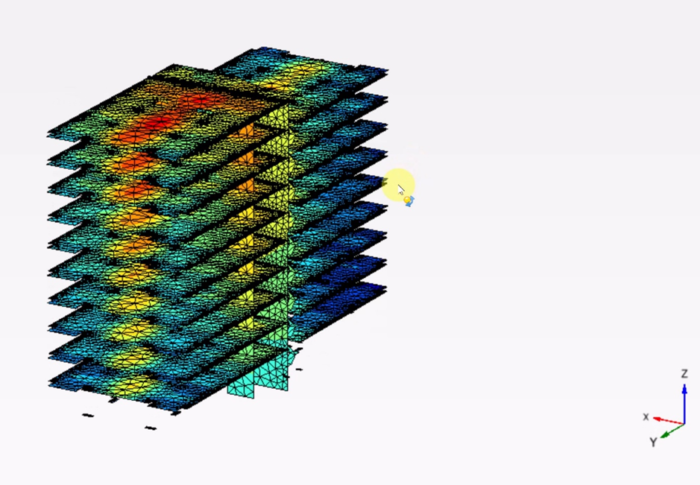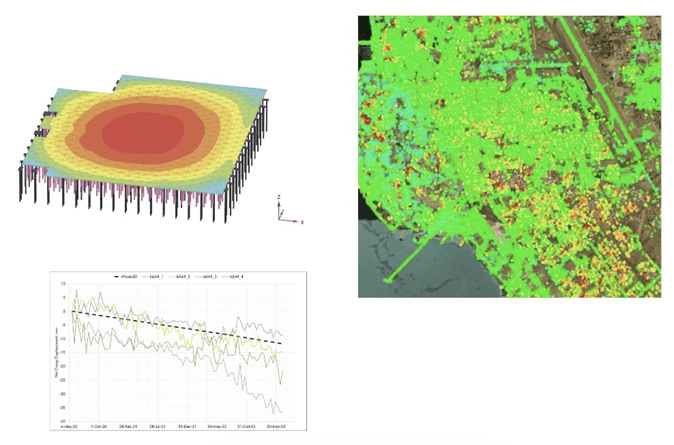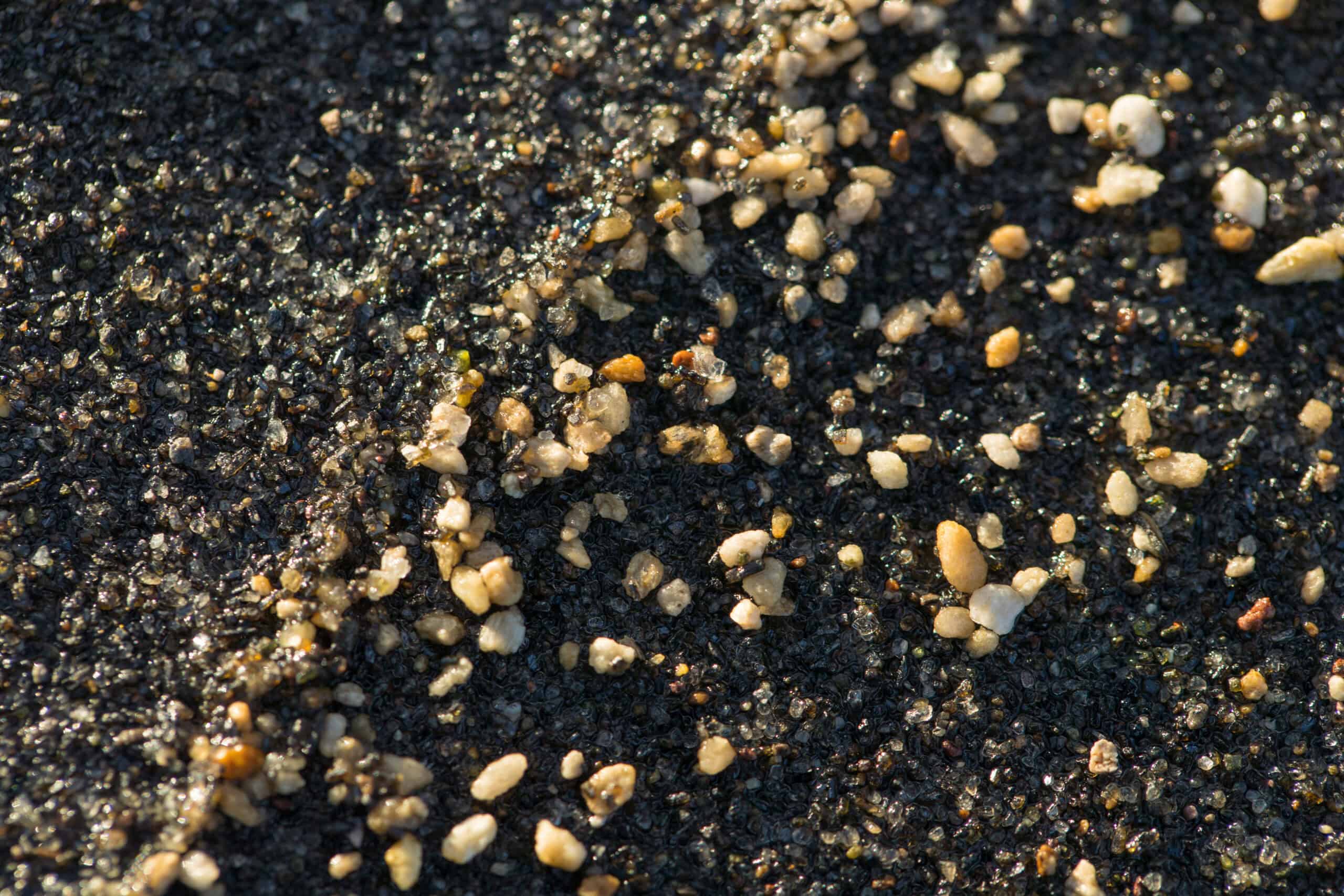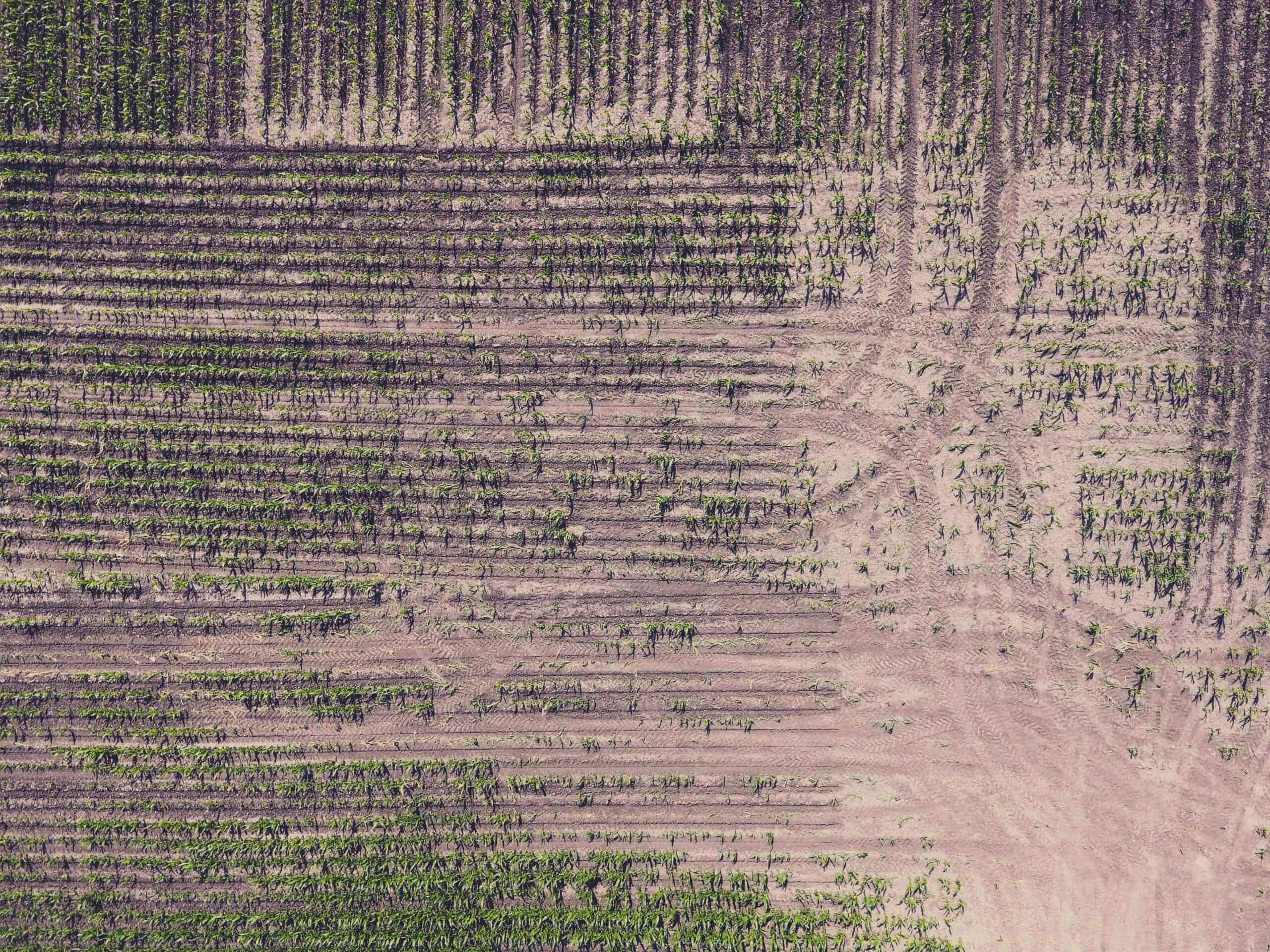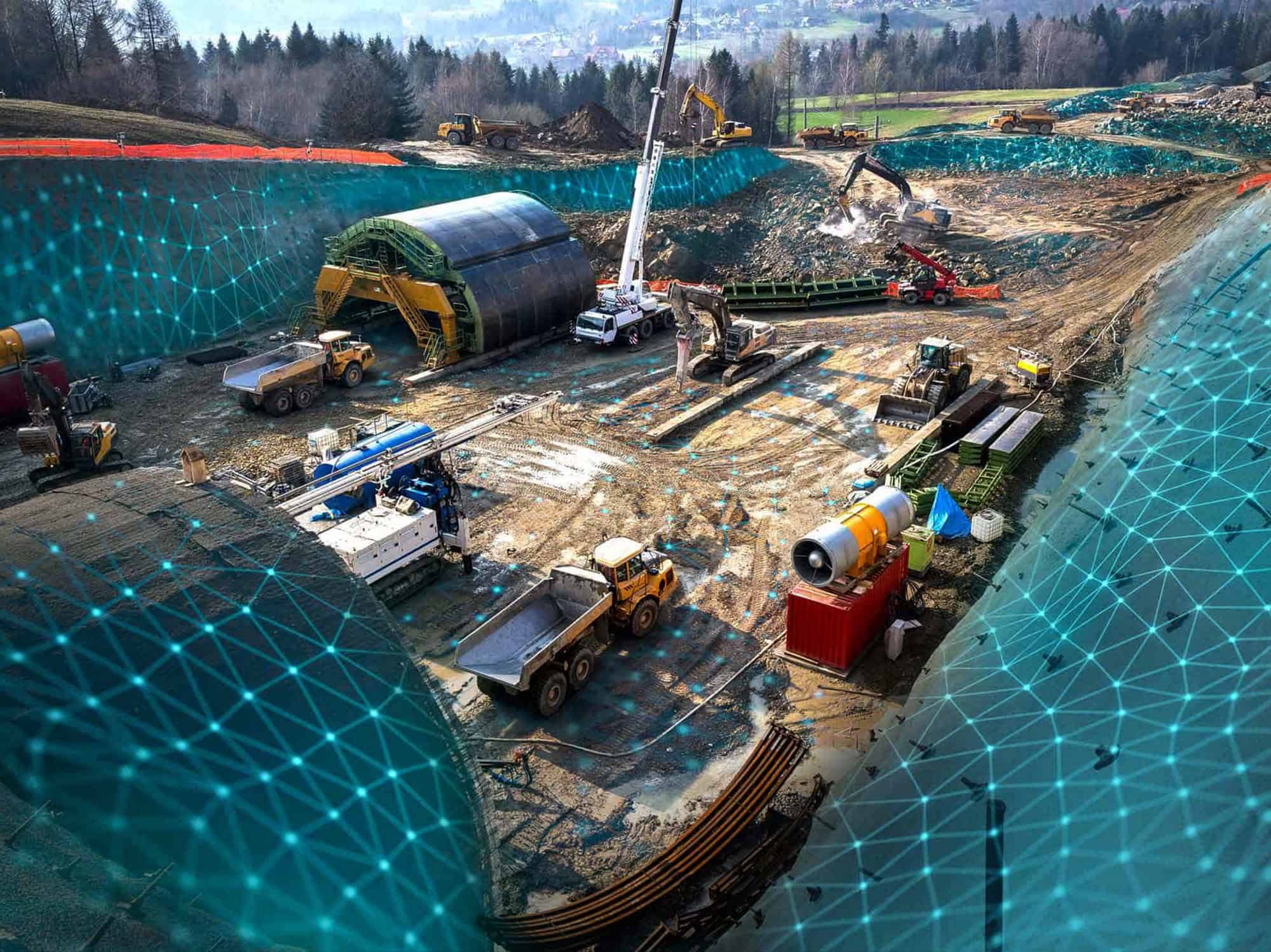Introduction: Building on a Solid Foundation:
Why do we design before we build? It’s not just a philosophical question but a practical one. In the realm of geotechnical engineering, the difference between simply erecting a structure and meticulously planning it can be likened to the contrast between a house of cards and a fortress. Our goal? To achieve not only safety and stability, as championed in conventional design, but also sustainability, cost-effectiveness, and resilience in our holistic design approach.
The Progressive Approach: A Step-by-Step Guide to Foundation Design:
In both conventional and holistic designs, a progressive approach is essential. This methodical journey begins with the humble isolated footings, advancing to strip footings, then to combined footings, and progressing to raft/mat foundations. As complexities increase, we delve into the realms of piled/micropiled rafts and ultimately, deep foundations or soil improvement techniques. This progression isn’t just a technical exercise; it’s a narrative of understanding and interacting with the ground beneath our feet.
The Soil-Structure Interaction (SSI) Saga: More Than Just Dirt and Concrete:
SSI is where the plot thickens. It’s a tale of two heroes – soil and structure – joining forces. The modulus of subgrade reaction plays a starring role here. Imagine it as a measure of the soil’s response to the pressures of the structure, a critical factor in predicting and ensuring accurate and safe foundation design. It’s not just about pressure and settlement; it’s about understanding their intricate dance.
This is how a reliable modulus of subgrade reaction should look like:
Method 1: The Conventional Path:
Relying solely on soil reports, this method uses empirical equations that often oversimplify complex realities. It’s like using a cookie-cutter approach where a tailor-made solution is needed.
Method 2: Partially Coupled SSI:
More accurate than its predecessor, this method involves a symphony of structural models, soil profiles, and iterative validations. It’s like conducting an orchestra where each instrument plays a critical role in the harmony.
Method 3: The Fully Coupled SSI – The Pinnacle of Precision:
The most accurate and with fewer limitations, this method connects the structural and geotechnical models, creating a dynamic duo that works in unison. Think of it as a high-tech bridge, connecting two islands of expertise.
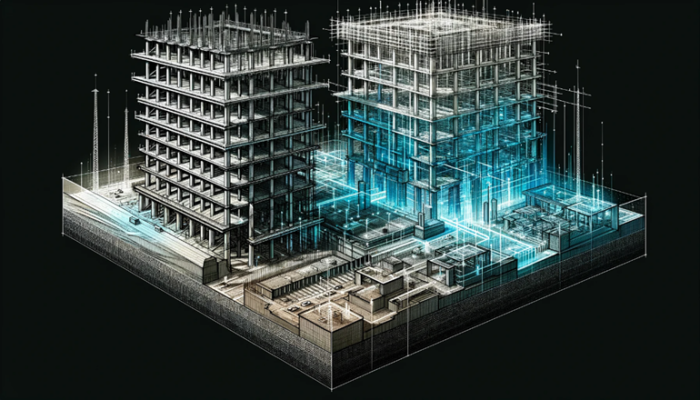
This video talks more about the methods to determine the modulus of subgrade reaction.
The Road Less Traveled: Beyond Traditional Soil Reports:
While soil reports provide a starting point, they’re not the be-all and end-all. In geotechnical engineering, we often encounter soils that are as complex and unpredictable as the weather. They’re layered, heterogeneous, anisotropic, nonlinear, and exhibit a range of time-, stress-, and strain-dependent behaviors. This complexity renders empirical equations somewhat inadequate, highlighting the need for more nuanced and advanced analysis.
The Future Is Now: Holistic Design and Advanced Technologies:
In our journey towards a holistic design approach, we’re not just considering the obvious factors like adjacent buildings or highways but also embracing new technologies. Remote sensing methods like LiDAR and InSAR, along with AI tools, are not just fancy gadgets; they’re game-changers. They allow us to assess, monitor, and predict ground and infrastructure responses, mitigating risks and ensuring a more sustainable future, as well as calibrating the numerical model.
Conclusion: Building Foundations for the Future:
In summary, while starting with shallow foundations is a good rule of thumb, it’s important to remember that bearing capacity, settlement, elastic modulus, and subgrade reactions are not inherent soil properties. They don’t come with predefined values. In our world, analytical solutions don’t always equal conservative outcomes. Thanks to advancements in software like PLAXIS 3D, 3D-FEM SSI analysis has become more accessible, efficient, and cost-effective. The key is combining technical expertise with advanced tools to turn soil reports from a mere starting point into a roadmap for safe, sustainable, and resilient structures.
In the world of geotechnical engineering, the ground beneath our feet is not just a stage for our structures; it’s a dynamic, living entity that demands our respect and understanding. And in this fascinating interplay of forces, materials, and technologies, we find the true art and science of building a sustainable future.
“Through the lens of PLAXIS 3D, we transform the elusive modulus of subgrade reaction into a tangible asset, bridging the gap between theoretical soil mechanics and practical, real-world soil-structure interaction.”

